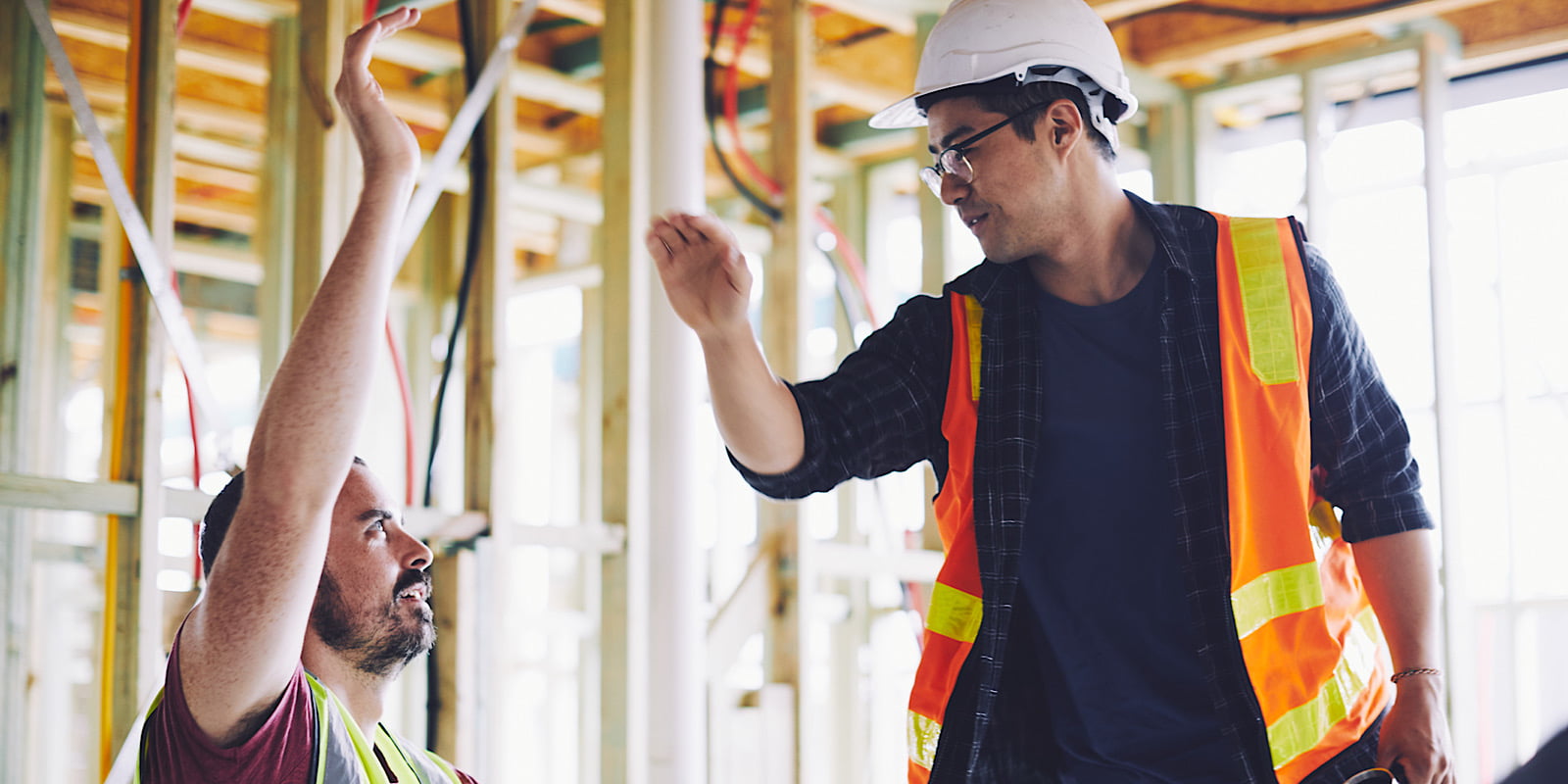2019 saw continued growth in the segment of new building construction that meets the climate challenge. These are buildings that generate as much (or more) energy than they use. How do we know?
The total number of zero energy commercial buildings is tracked by the New Buildings Institute (NBI). Their current tally shows 527 completed zero energy buildings and 121 emerging projects. If you know of a zero energy building that isn’t in the database yet, submit it to the Getting to Zero Buildings Database.
“As more cities and states set lofty climate action goals, zero energy buildings are playing an increasingly important role in reducing carbon emissions and costs associated with operating buildings,” says Ralph DiNola, CEO of NBI. “By submitting their buildings to our registry for inclusion in the Getting to Zero Buildings Database, people can gain recognitions for their leadership while also increasing awareness about the positive economic, environmental and human health impacts of zero energy buildings.”
On the residential side, zero energy homes and apartments are tracked by Team Zero. The inventory is then presented in a detailed report. As of 2018, their inventory includes 22,146 zero energy units – 59% higher than the total for the end of 2017. Growth in the multifamily sector has been substantially faster than single family. The number of zero energy buildings grew substantially faster – 60% per year in 2017 and 71% in 2018. Canada’s multifamily sector showed an astronomical 240% growth in 2018 compared to 2017. To enter your new zero energy residential project or to update an existing project, visit Team Zero’s Zero Energy Inventory.


Stefanie Chandler says:
How can I find a net 0 builder in Monroe county TN? FYI: I see net o like the last and only home left standing on Mexico Beach FL. “CNN .How this house survived Hurricane Michael” Yes, 15% to 20% more but they still have a place to live. How much would our insurance rates go down if the building codes went up?
Bruce Sullivan says:
The Zero Energy Project Builder Directory lists building professionals with direct experience in high-performance and zero energy homes. Search for your area here:
https://zeroenergyproject.com/zero-energy-home-builders/